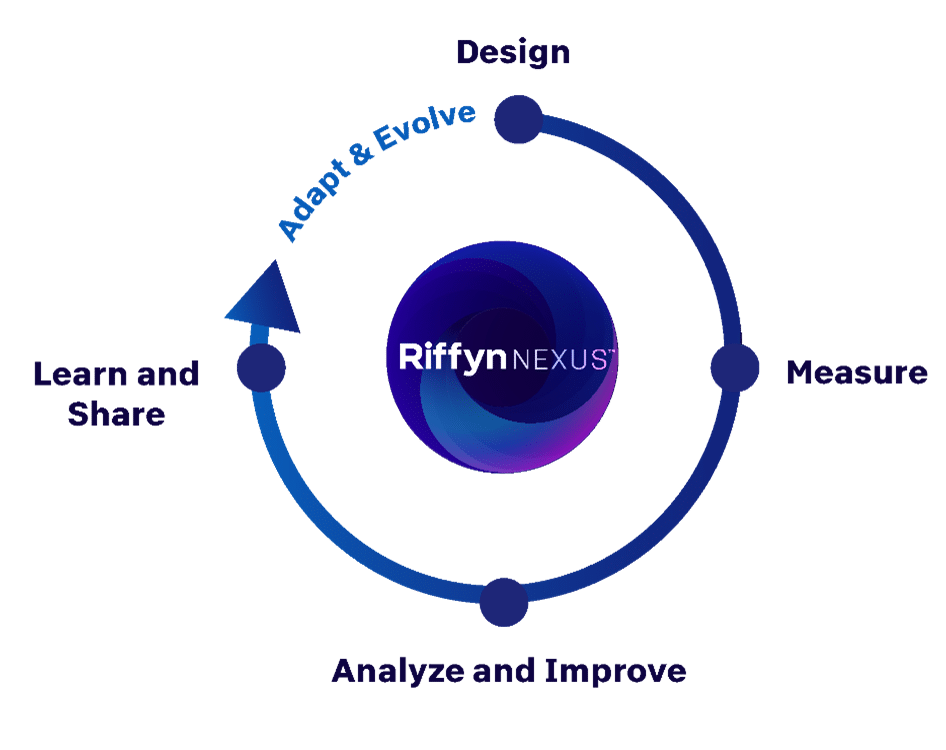
What are Data Silos Doing to Your Laboratory’s Productivity?
![]()
The R&D landscape by nature is in a constant state of flux, with varying needs for instrumentation, software applications, and workflows. As a result, data can end up in silos; fragmented, unstructured, and inaccessible by other groups.
This in turn leads to poor productivity, missed observations, and flawed technology transfer across sites or scales of development.
Lab informatics solutions have relied on laboratory information systems (LIMS), electronic lab notebooks (ELNs), and the ever-present Excel spreadsheet for data management. On their own, LIMs and ELNs provide flexibility or structure, but not both. Excel spreadsheets are a major source of human error in data aggregation and not scalable for analysis of large data sets.
The industry needs an optimal data solution tailored to the modern, agile R&D laboratory. This solution must be flexible, structured, and capable of contextualizing and automatically formatting data for interactive analysis such as machine learning and visualization.
Bulldozing Data Silos Clear the Path for Scientific Innovation
Riffyn clears the path for scientific innovation by addressing problems around scientific experimentation and data analytics in the modern R&D laboratory with Riffyn Nexus™, the world’s first cloud-based Process Data System.
By placing R&D workflows and processes at the center of everything, Riffyn Nexus embeds the continuous improvement principles into its architecture. It solves the workflow, collaboration, and scientific data analysis problems that have long plagued traditional LIMS, ELN, and SDMS technologies.
Principles of continuous improvement for adaptive process design, automation and analytics in laboratory R&D

Riffyn Nexus is built upon four guiding principles for continuous process improvement:
- Design – the process technology or method that you will use to deliver the result or achieve the outcome
- Measure – metrics to determine if you are actually delivering on the design specification
- Analyze and Improve – look for deviations from expectations and look for ways to improve your process
- Learn and Share – collaborative work, apply iterative process for improvements, share with teams and the organization
The continuous improvement model for adaptive process design allows you to gain insights into your data for correlative analytics while enabling the agile workflow environment required for R&D excellence.
Conclusion
Riffyn Nexus solves the data complexity of modern R&D organizations and provides the industry with the flexible, agile data management solution it needs. By putting information and data in context across experiments and workflows, it eliminates data silos and connects teams across sites and disciplines. With Riffyn Nexus, you can finally bulldoze all the silos preventing you from creating a culture of continuous improvement, building confidence in your R&D decisions, and gaining more insights from your data faster than ever before.
Why it Matters for You
Data silos create inefficiencies in productivity. Changing the informatics paradigm to a continuous improvement model for adaptive process design allows you to gain unprecedented insights into your data.
- Eliminating data silos allows users to answer questions of cause-and-effect across the traditional silos of team, place and discipline.
- Riffyn Nexus’ adaptive process design architecture enables data to be contextualized for on-demand, rich statistical analysis, visualization, and machine learning.
- The built-in versioning within Riffyn Nexus creates a continuously adapting informatics model so that laboratory methods, data, and analysis are always in sync with ever-changing R&D processes.
- Leveraging Riffyn Nexus’ modular execution framework digitally transforms R&D processes by Excel templates, and secondary databases, all while ensuring consistent and reproducible data capture across teams.
About Astrix
Astrix has been helping scientific organizations implement and integrate new informatics systems in the laboratory since 1995. Our experienced team of expert informatics consultants bring together technical, strategic, regulatory and content knowledge to provide the most effective solutions to problems faced by scientific organizations. Astrix partners with many of the industry leaders in the informatics space to offer state of the art solutions for all of your laboratory informatics needs. Our domain experts have helped hundreds of companies globally effectively navigate their di
Case Study: LabWare Centralized Data Review for a Global Biopharmaceutical Company
Overview A global biopharmaceutical company specializing in discovery, development,... LEARN MOREWhite Paper: Managing Data Integrity in FDA-Regulated labs.
New White Paper LEARN MORELET´S GET STARTED
Contact us today and let’s begin working on a solution for your most complex strategy, technology and staffing challenges.
CONTACT US


